We’ve all experienced it – that moment when you arrive at a famous destination and realize the carefully angled, perfectly timed, and heavily edited postcard image bears little resemblance to reality. Between overwhelming crowds, unexpected weather conditions, and strategic photo framing that excludes less picturesque surroundings, many iconic locations create a significant gap between expectation and reality.
Here is a list of 20 destinations where travelers frequently experience that jarring disconnect between the idyllic postcard version and the sometimes disappointing actual experience.
Taj Mahal, India
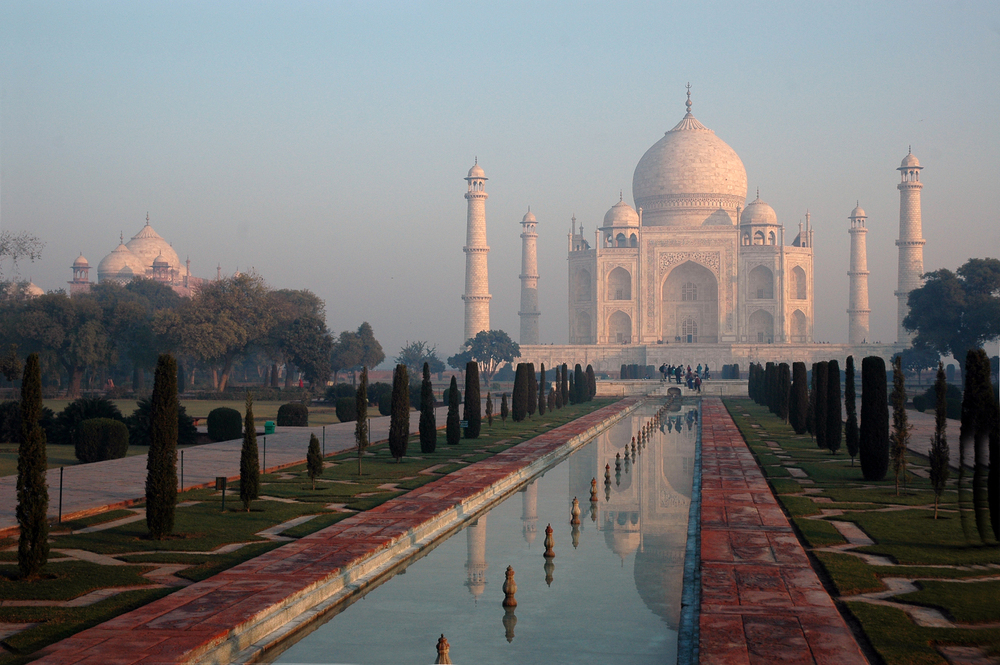
Postcards depict a serene marble monument reflected in pristine pools without another soul in sight, but reality involves navigating through thousands of visitors while vendors persistently approach offering guided tours and souvenirs. The surrounding area suffers from pollution that often creates hazy conditions, diminishing the brilliant white marble appearance that shines so perfectly in professional photographs.
Visitors frequently report spending more time maneuvering through crowds and waiting in lines than actually appreciating the architectural marvel itself.
Santorini, Greece
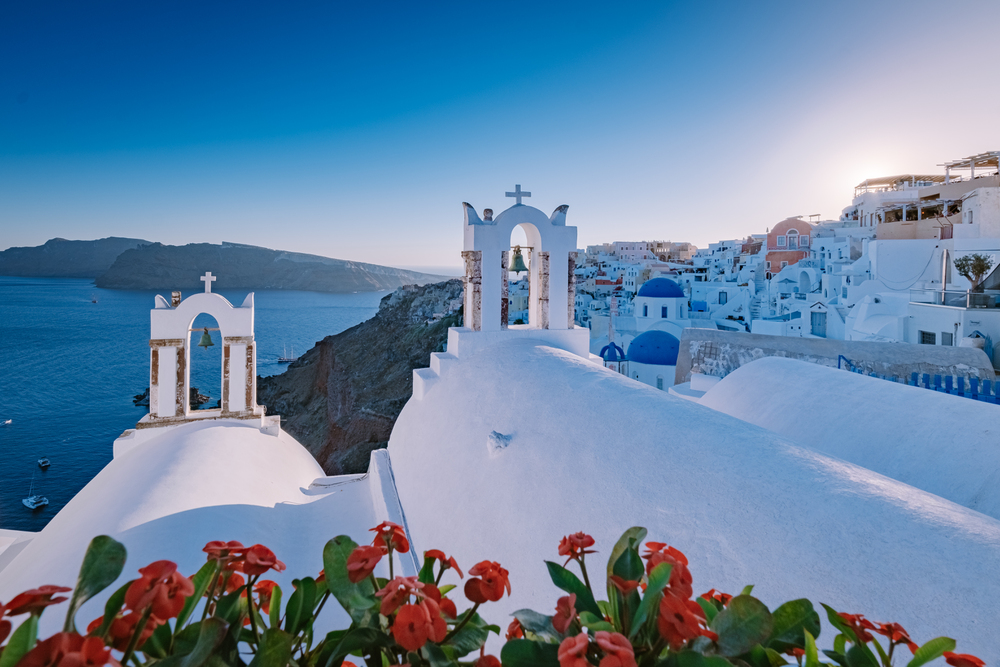
Those famous images of perfect white buildings with blue domes overlooking the caldera rarely show the cruise ship crowds that flood the narrow streets during peak season. Photographers either capture those iconic shots at sunrise before tourists arrive or carefully frame them to exclude the hundreds of people attempting to take the same photograph.
The picturesque villages become so congested during summer months that local authorities have implemented visitor limits to prevent the infrastructure from being completely overwhelmed.
Like Travel Pug’s content? Follow us on MSN.
The Little Mermaid, Copenhagen
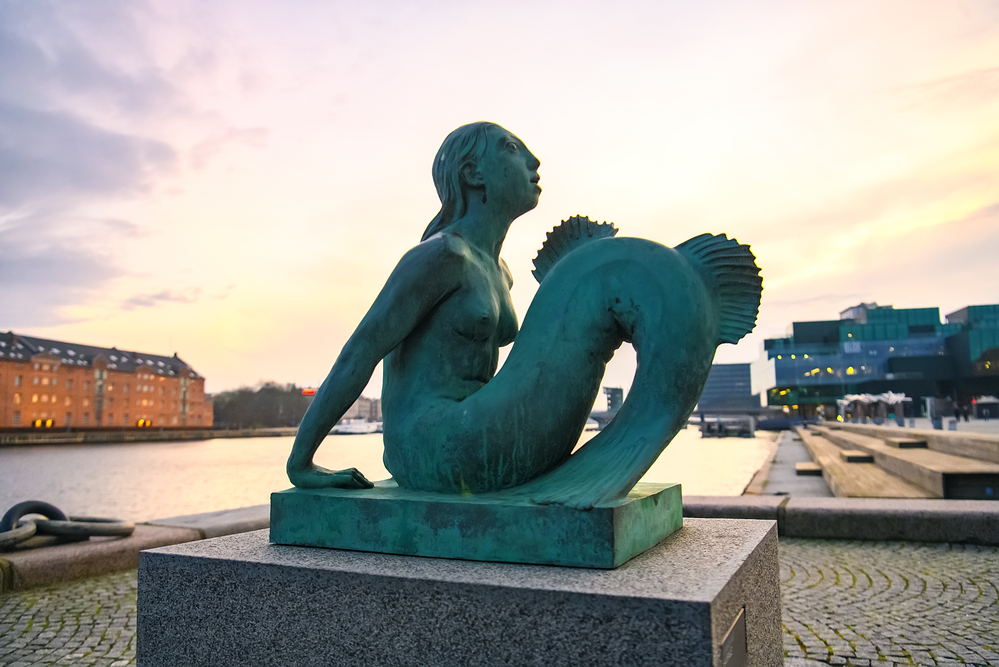
Postcards feature this small bronze statue from flattering angles that make it appear more impressive and isolated than it actually is. Visitors are routinely surprised by how diminutive the statue actually stands and how it sits rather unceremoniously along a commercial waterfront, often with industrial elements visible in the background.
The perpetual crowd of tourists circling the modest monument makes capturing any photo resembling the postcard version virtually impossible, regardless of time of day.
Cancun Beaches, Mexico

Pristine white sands and crystal-clear waters appear on postcards, conveniently excluding the wall-to-wall resort developments and crowded shoreline packed with tourists. Depending on the season, pristine beaches may be covered with sargassum seaweed that creates both visual disappointment and unpleasant odors not hinted at in any promotional materials.
The idyllic isolation suggested in marketing materials contrasts sharply with the reality of beach vendors, partygoers, and the relentless soundtrack of competing resort activities.
Times Square, New York

The vibrant, exciting city crossroads depicted on postcards transform in reality to an overwhelming, over-commercialized space where visitors spend more time dodging costumed characters and ticket sellers than soaking in the atmosphere. The sensory overload of massive digital billboards, constant noise, and dense crowds creates an experience that many visitors find more stressful than exciting.
New Yorkers themselves famously avoid the area whenever possible, considering it more of a tourist containment zone than a genuine representation of their city.
Like Travel Pug’s content? Follow us on MSN.
The Pyramids of Giza, Egypt
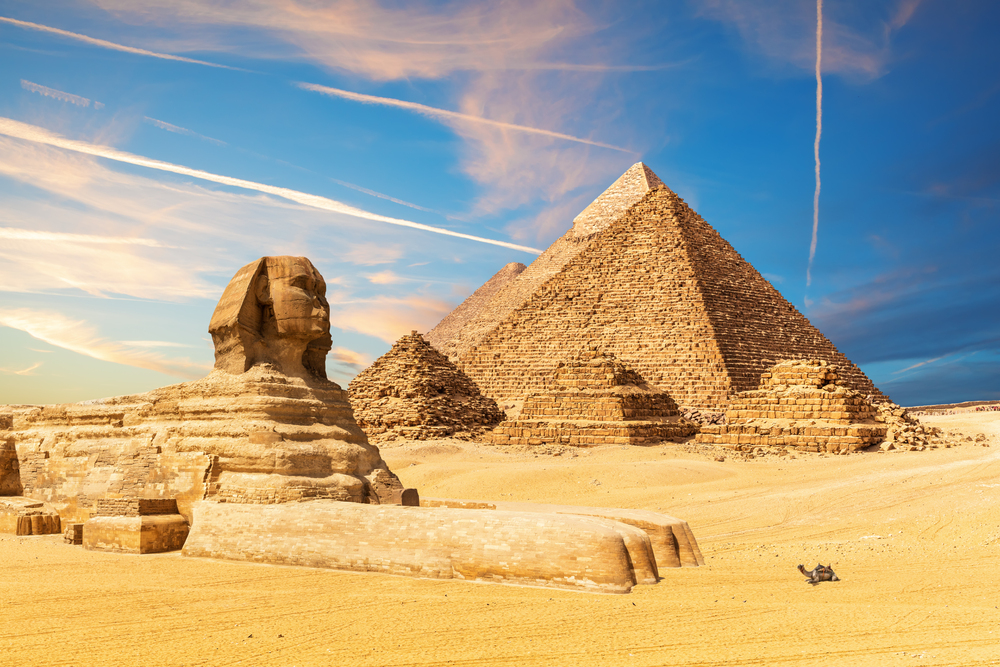
Postcard images create the impression of ancient monuments rising majestically from isolated desert landscapes, but the reality includes their uncomfortably close proximity to urban Cairo. Visitors are often surprised to discover a Pizza Hut and KFC with pyramid views, persistent vendors, and the considerable trash that unfortunately accumulates at such heavily trafficked tourist sites.
The atmospheric haze from city pollution frequently diminishes the crisp, dramatic appearance portrayed in carefully filtered professional photographs.
The Grand Canal, Venice

Romantic images show elegant gondolas gliding through picturesque canals past colorful historic buildings without a hint of the congestion and water traffic jams that frequently occur. During peak season, the reality includes bumper-to-bumper boat traffic, overcrowded bridges, and the unpleasant aromas from the ancient canal system during hot weather. The postcard-perfect moments exist primarily during early morning hours before cruise ship passengers flood the narrow passageways or during the less photogenic winter months when fewer travelers visit.
Hollywood Boulevard, Los Angeles
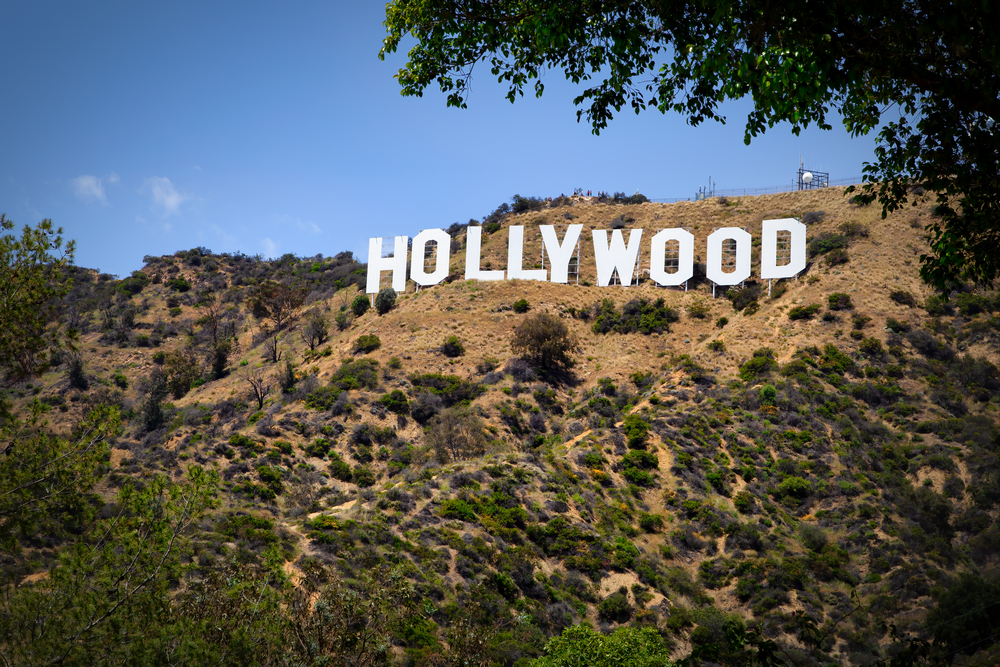
Postcards suggest a glamorous avenue of stars, handprints, and Hollywood magic, but visitors encounter a sometimes gritty urban street with aggressive costume performers and souvenir hawkers. The Walk of Fame extends along ordinary concrete sidewalks past fast food restaurants, tourist shops, and commercial buildings with none of the exclusivity or celebrity sightings implied by promotional imagery. First-time visitors frequently express surprise at how ordinary and occasionally run-down portions of this famous street actually appear compared to its glamorous reputation.
Like Travel Pug’s content? Follow us on MSN.
Maya Bay, Thailand

Made famous by the film ‘The Beach,’ postcard images show a secluded tropical paradise with turquoise waters and lush surroundings. The reality included so many tour boats and visitors that Thai authorities ultimately closed the bay entirely to allow the environment to recover from tourism damage. Before its closure, visitors would find themselves sharing the small beach with hundreds of others. At the same time, boats lined the bay, creating both noise and water pollution that significantly diminished the experience from its portrayed paradise.
Moulin Rouge, Paris

Promotional materials suggest an authentic Bohemian cabaret experience in the city of lights, but visitors often encounter an expensive, tourist-oriented show that bears little resemblance to its historic origins. The surrounding neighborhood contrasts sharply with the romantic Parisian atmosphere travelers expect, with the adjacent streets featuring souvenir shops and adult entertainment venues rather than charming cafés. Many visitors report feeling processed through an efficient tourist machine rather than experiencing the authentic artistic spectacle suggested by famous posters and postcards.
Stonehenge, England

Postcard images create the impression of mysterious ancient stones in splendid isolation on the Salisbury Plain that visitors can approach and experience intimately. The reality includes viewing the monument from behind barriers along with hundreds of other tourists, often from a considerable distance that diminishes its impressive scale.
The adjacent highway, visible and audible from the site, further diminishes the mystical atmosphere portrayed in carefully framed professional photographs that exclude modern intrusions.
Like Travel Pug’s content? Follow us on MSN.
The Spanish Steps, Rome
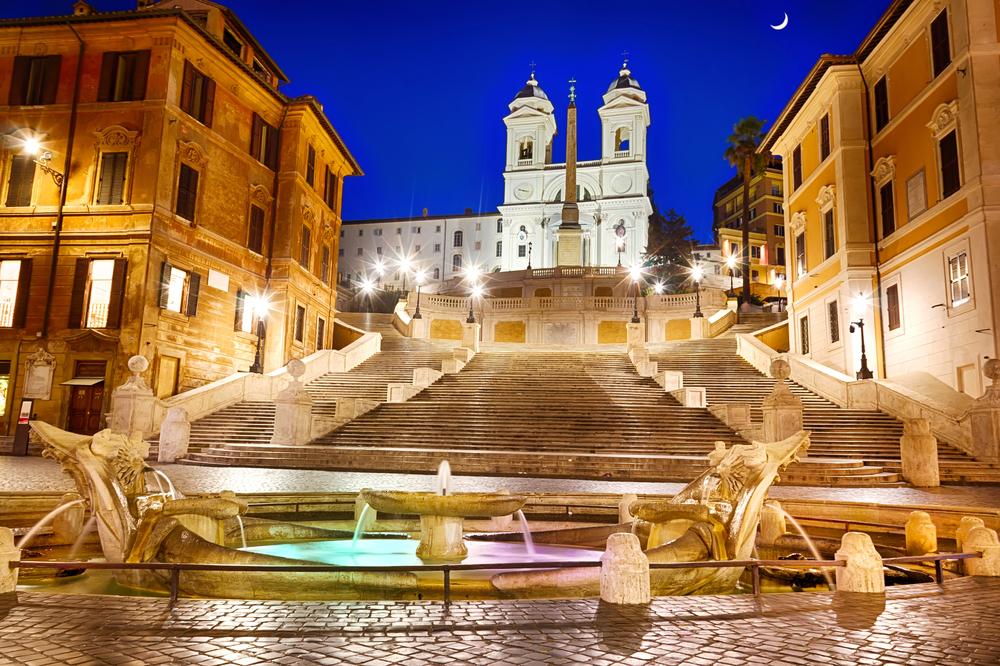
Postcards feature the elegant 18th-century staircase cascading down with artfully placed flowers and perhaps a single contemplative visitor. The actual experience typically involves finding a place to sit among hundreds of other tourists while street vendors persistently offer roses and selfie sticks for sale.
Recent regulations now prohibit sitting on the steps at all, making those classic postcard poses both illegal and impossible to recreate, regardless of how early you arrive.
Shibuya Crossing, Tokyo
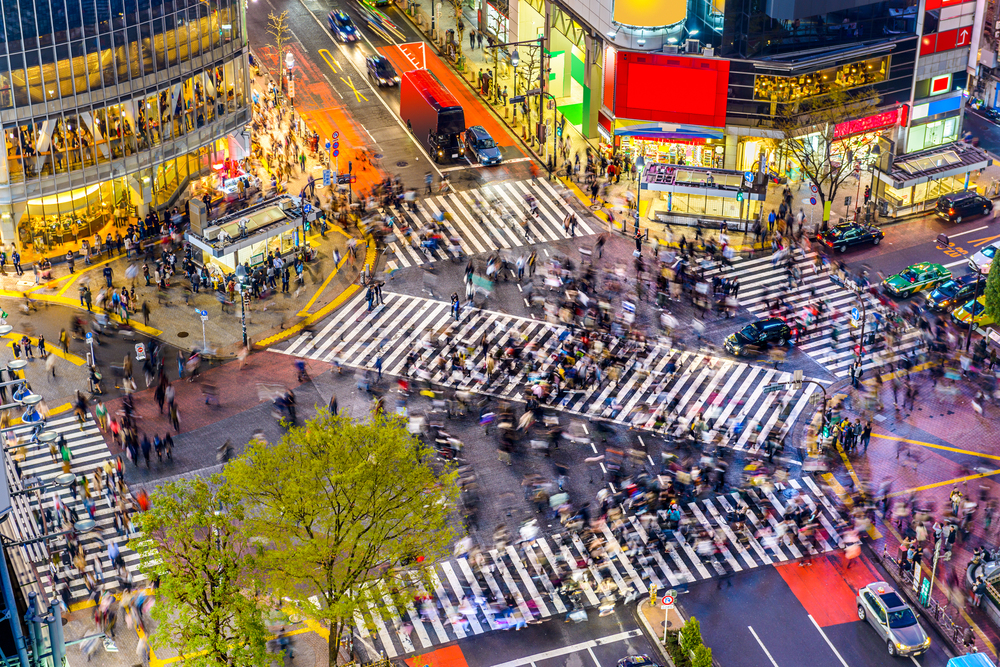
The famous intersection appears in postcards as an exciting, organized flow of humanity demonstrating Japan’s unique blend of density and order. In person, the experience often involves being jostled through the crossing while simultaneously trying to take photos and avoid collision with others attempting the same thing.
The surrounding area features chain stores, advertisements, and commercial developments rather than the atmospheric Tokyo neighborhood that many visitors expect to find.
Copacabana Beach, Rio de Janeiro

Postcards display a sweeping golden beach against a dramatic mountain backdrop without hint of the significant crowds and occasional safety concerns that travelers might encounter. The pristine sands shown in promotional materials often contain considerably more people, vendors, and, unfortunately, sometimes litter than idyllic images suggest.
Weather conditions, including frequent afternoon rain showers in certain seasons, create a reality that seldom matches the perpetually sunny, perfect skies depicted in typical postcard shots.
Like Travel Pug’s content? Follow us on MSN.
The Leaning Tower of Pisa, Italy
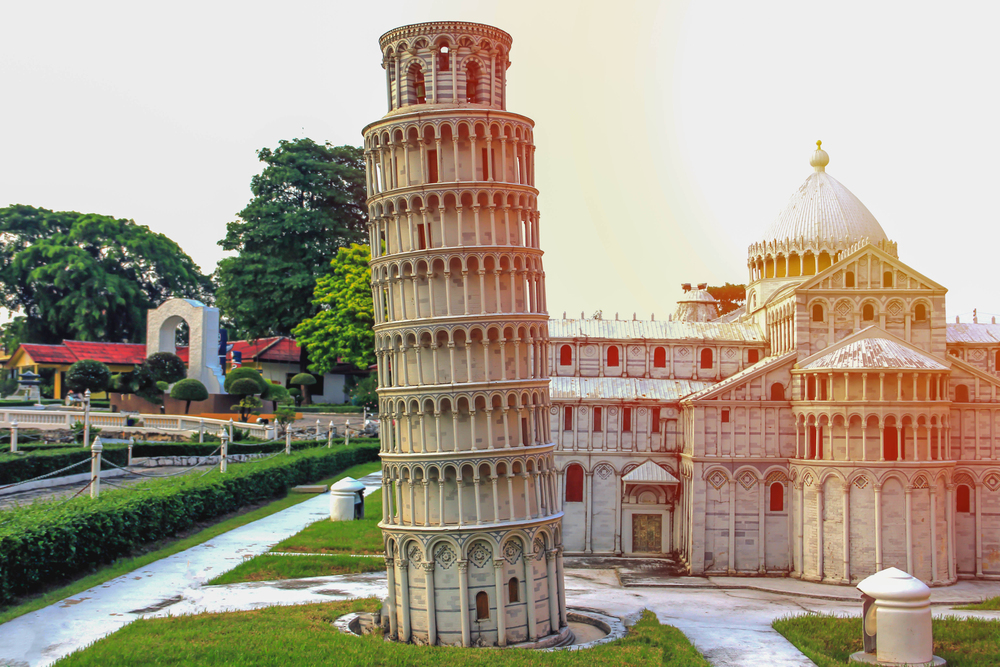
Marketing materials focus tightly on the famous tilting tower standing in architectural splendor. At the same time, the reality includes hundreds of visitors all attempting to take the same forced-perspective photos of themselves appearing to hold up the structure. The relatively small area becomes so crowded with people positioning for identical photographs that enjoying the tower itself becomes secondary to participating in the photographic ritual.
The surrounding area features the expected array of souvenir stands and tourist-oriented restaurants rather than the idyllic Italian plaza suggested by selective postcard framing.
The Four Corners Monument, USA
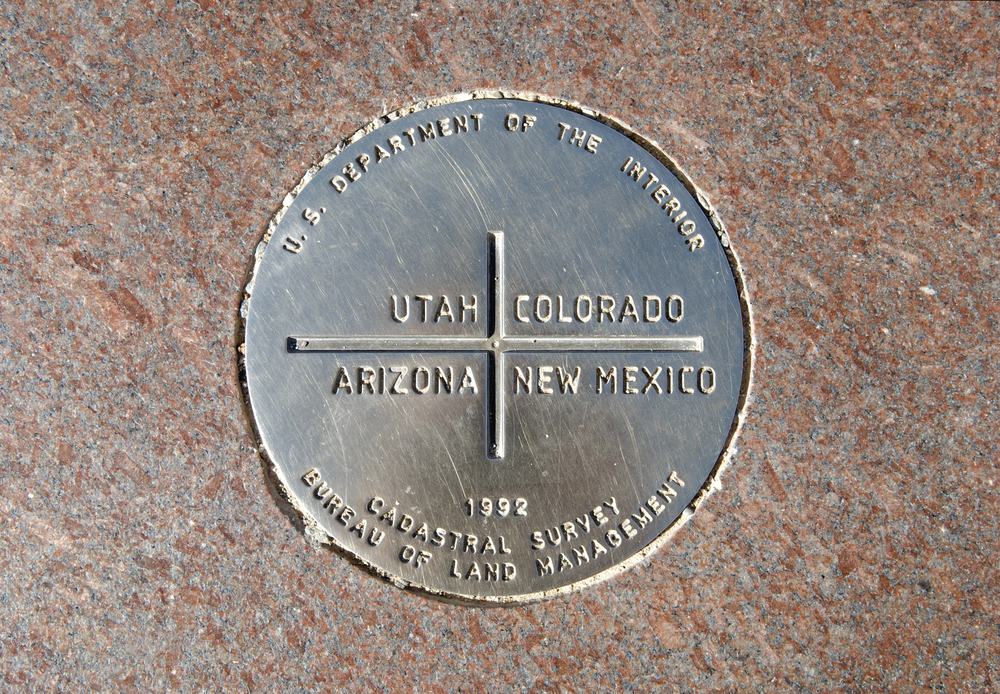
Postcards suggest a significant geographical monument marking the intersection of four states, but visitors find a simple concrete marker in a remote location with minimal facilities. The small platform with state seals allows for the novelty photo opportunity of standing in four states simultaneously, but offers few additional draws to justify the considerable journey required to reach it.
Nearby vendor stands selling crafts and refreshments create a small fair-like atmosphere that contrasts with the impression of geographical significance portrayed in promotional materials.
Blue Lagoon, Iceland
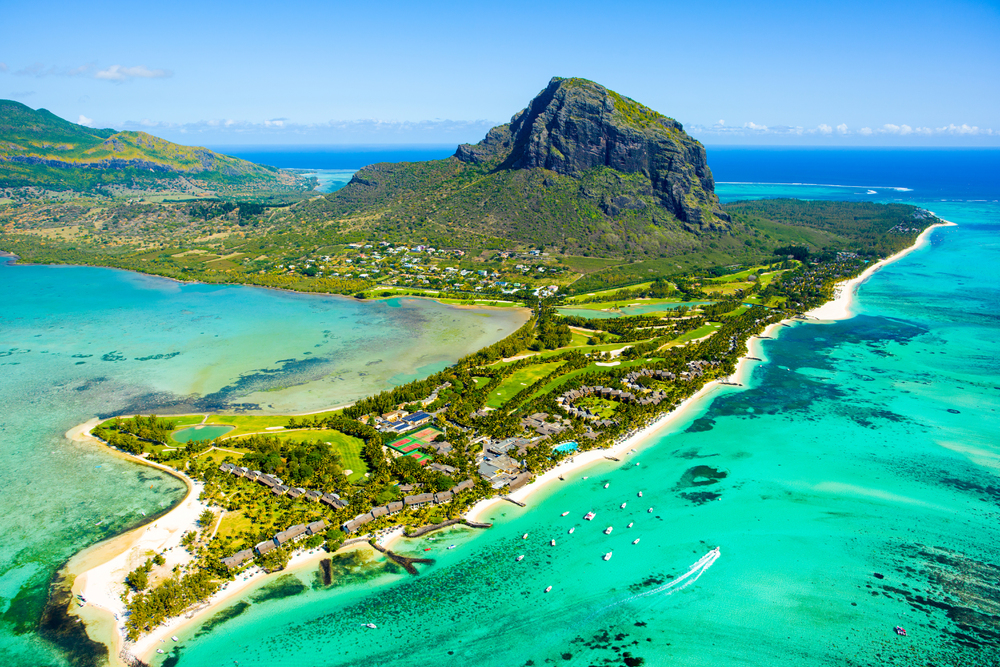
Marketing images show bathers in milky blue waters surrounded by natural volcanic landscapes, conveniently excluding the industrial plant visible from parts of the lagoon. The promotional materials never depict the advance reservations, changing facilities, and organized efficiency required to process the large number of visitors through what is essentially a very popular spa attraction.
The carefully controlled path from building to water creates a more manufactured experience than the natural hot spring atmosphere implied by typical postcard imagery.
Like Travel Pug’s content? Follow us on MSN.
Chichen Itza, Mexico
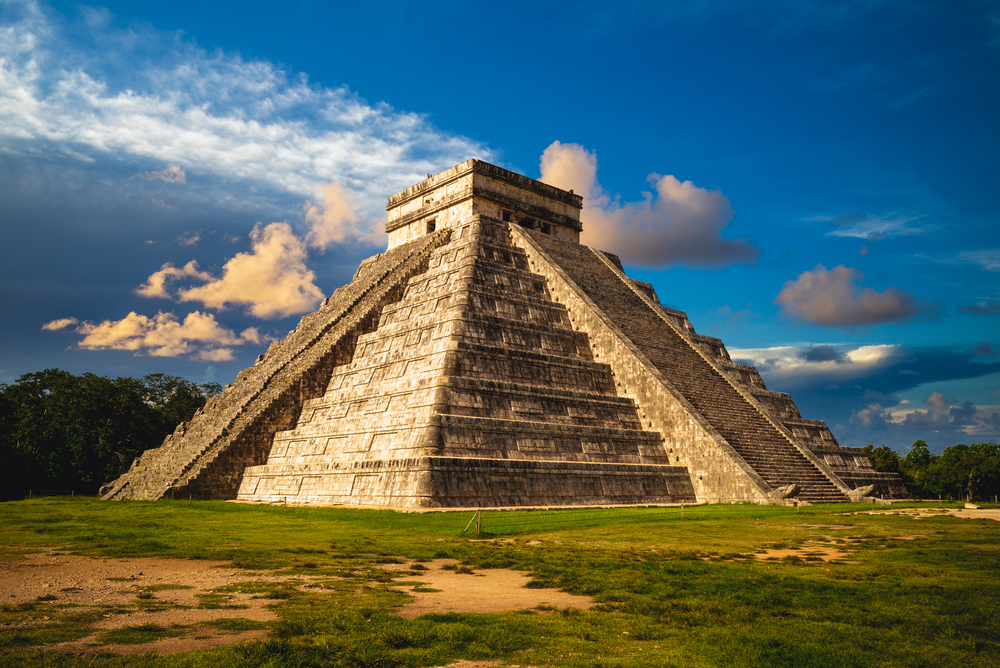
Postcards feature the magnificent Mayan pyramid in splendid isolation against clear blue skies, but visitors encounter ropes preventing close access and hundreds of vendors selling souvenirs throughout the archaeological site. The carefully framed promotional shots exclude the substantial crowds that circle the monument, making those empty, atmospheric photographs essentially impossible for typical visitors to capture.
The controlled access necessary to preserve the site means experiencing the ruins from designated pathways rather than the immersive exploration suggested by marketing materials.
Trevi Fountain, Rome
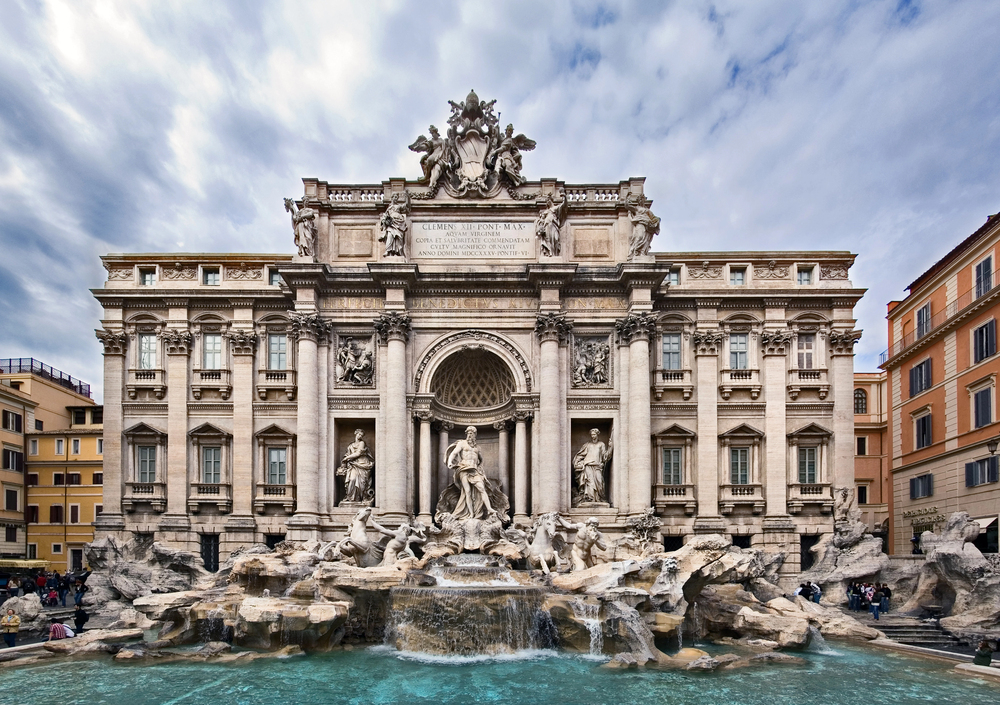
Romantic images show the baroque masterpiece with water flowing magnificently against a backdrop of historic Roman architecture, somehow without the hundreds of people that perpetually surround it. The reality involves navigating through dense crowds to reach the fountain’s edge, where finding space to toss the traditional coin over your shoulder requires a good deal of patience and maneuvering.
The surrounding plaza becomes so congested during peak seasons that the contemplative experience suggested by postcards becomes nearly impossible amid the constant movement and noise.
Bali’s Beach Resorts, Indonesia
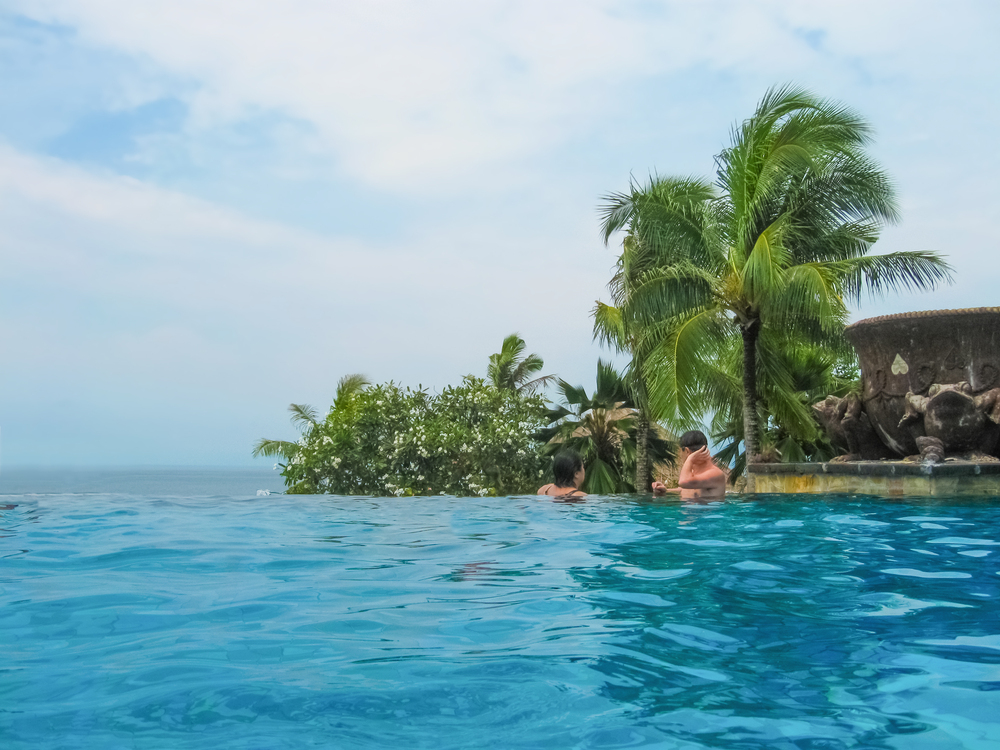
Postcards feature pristine beaches with crystal clear waters and empty stretches of perfect sand framed by swaying palm trees. The reality in popular areas like Kuta and Seminyak often includes beaches with considerable litter, aggressive vendors offering massages and souvenirs, and waters that don’t match the clarity suggested in promotional materials.
The beachfront resorts carefully control their immediate environments, but step beyond their boundaries and you’ll encounter the considerable development, traffic congestion, and infrastructure struggles that come with an island experiencing massive tourism growth.
Like Travel Pug’s content? Follow us on MSN.
Beyond the Perfect Frame
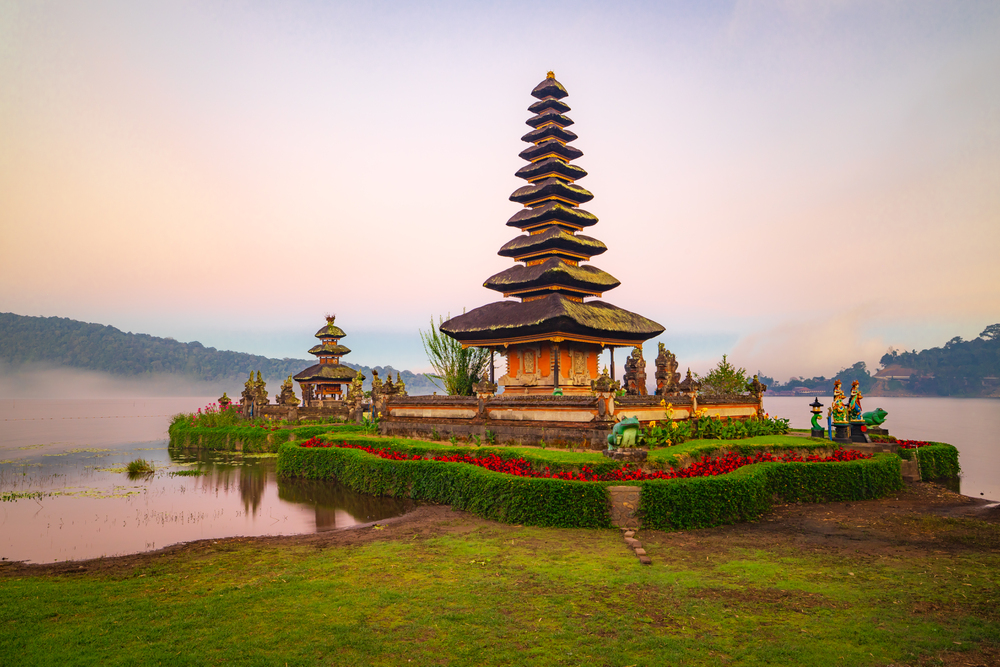
The disconnect between postcard imagery and reality speaks to our collective desire for perfect travel experiences untainted by modern complications or other tourists. While these destinations may not always match their idealized portrayals, understanding their true nature allows travelers to adjust expectations and appreciate each place for what it actually offers rather than its marketing fantasy.
The most rewarding travel experiences often involve embracing a destination’s authentic reality—crowds, complications, and unexpected elements included—rather than chasing an impossible postcard perfection that never truly existed.
More from Travel Pug

- Cities Growing so Fast You Won’t Recognize Them in 10 Years
- 13 Destinations Where Tourists Regularly Regret Their Trip
- 16 U.S. Cities That Are Quietly Becoming Travel Hotspots
- Where to Travel If You Love Long Bus Rides and Daydreams
- 20 Cities Perfect for Solo Travelers Who Crave Adventure & Culture
Like Travel Pug’s content? Follow us on MSN.
